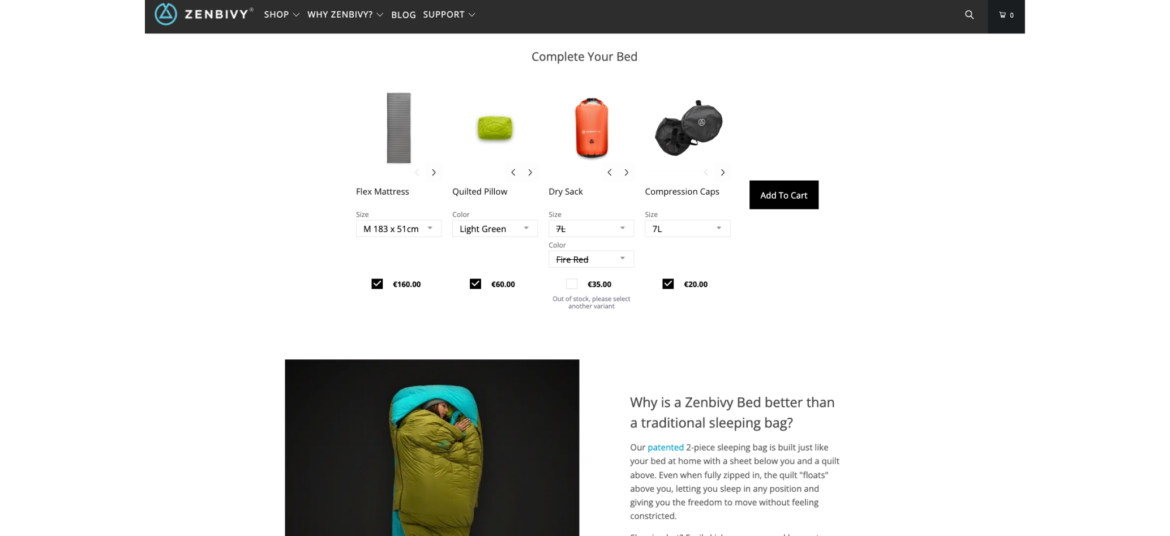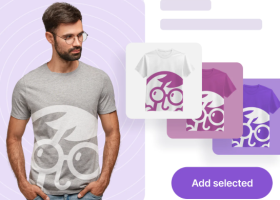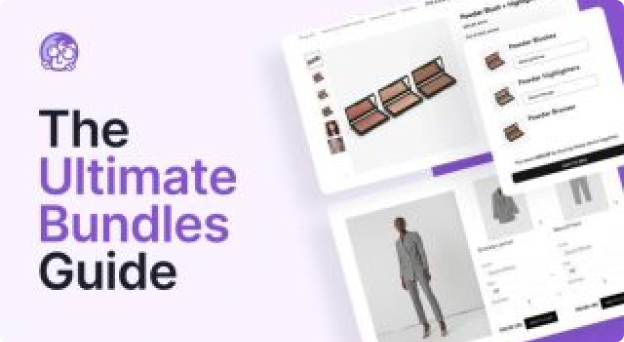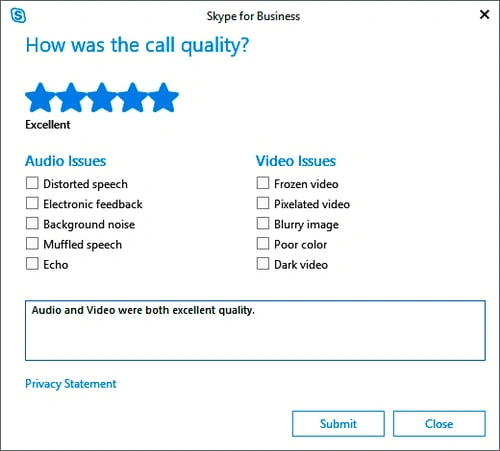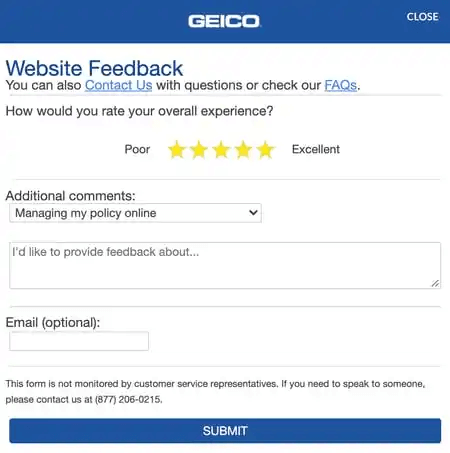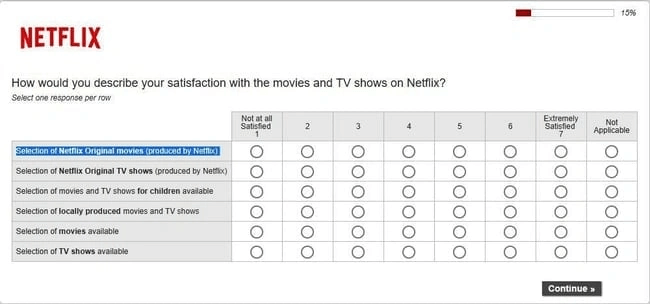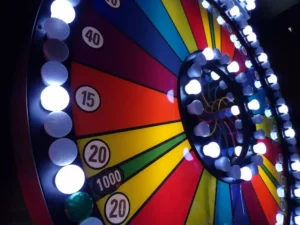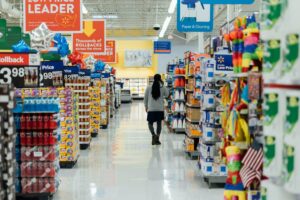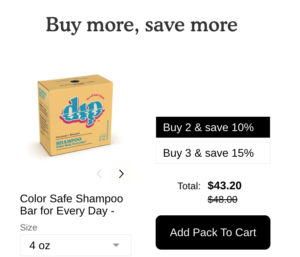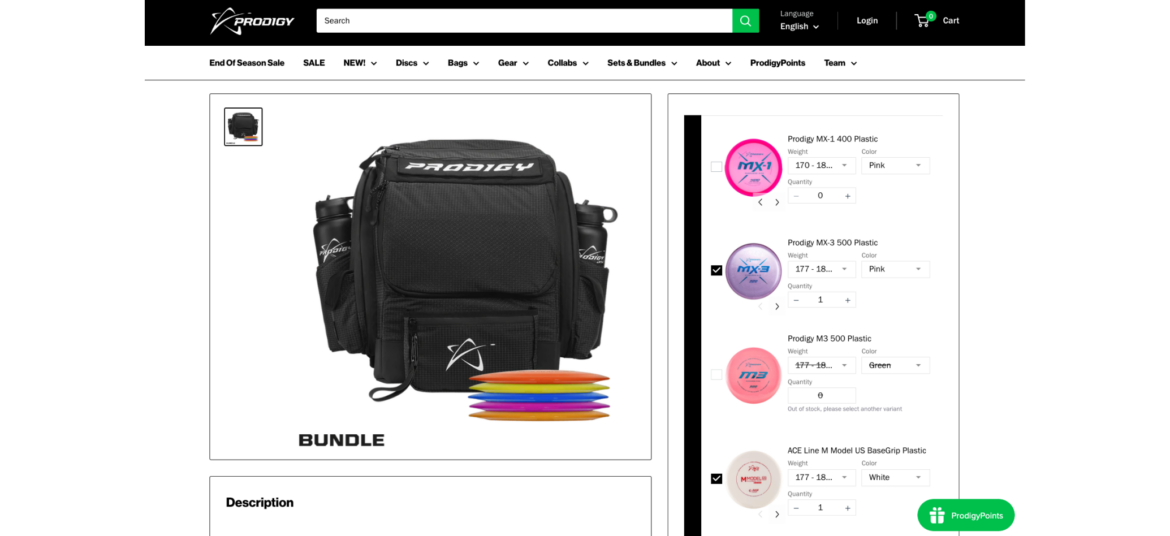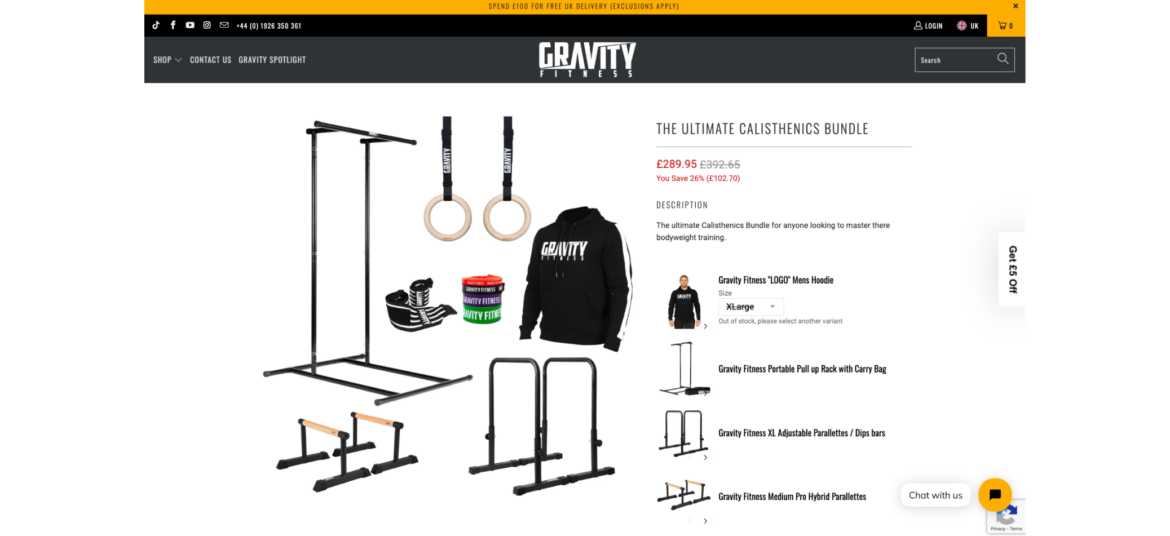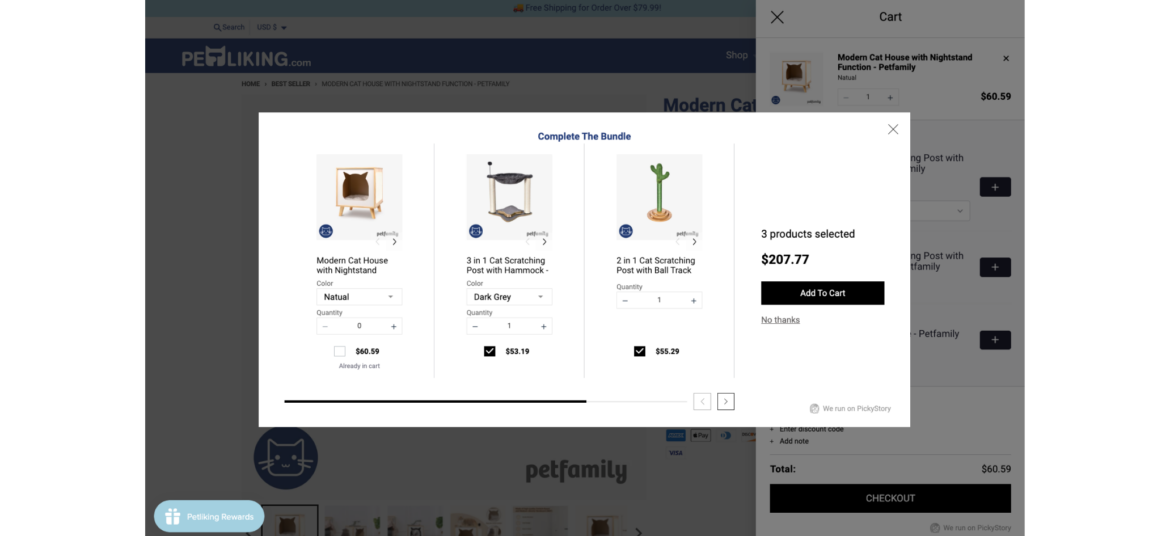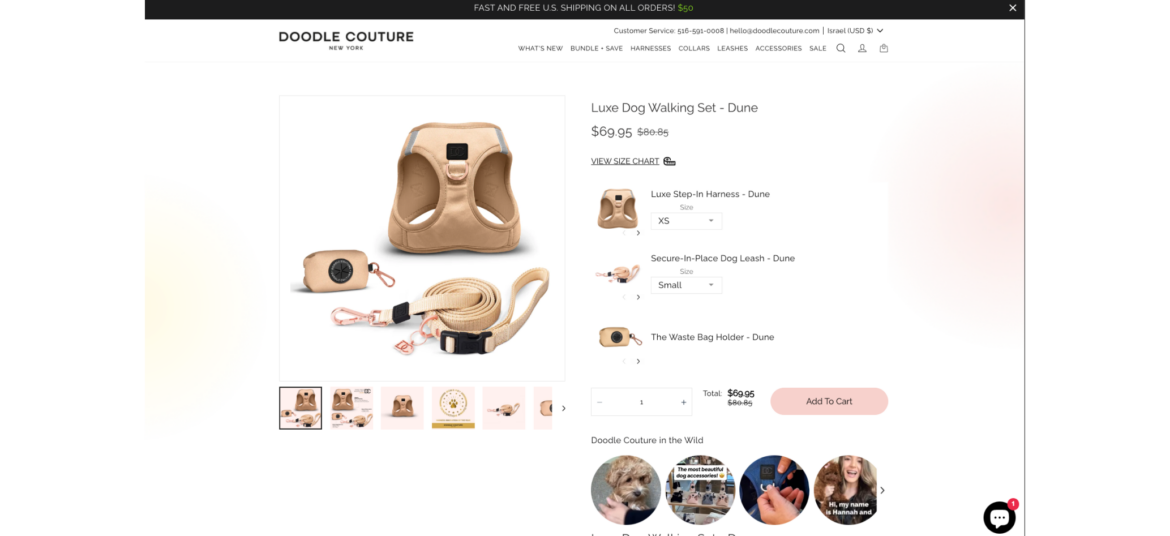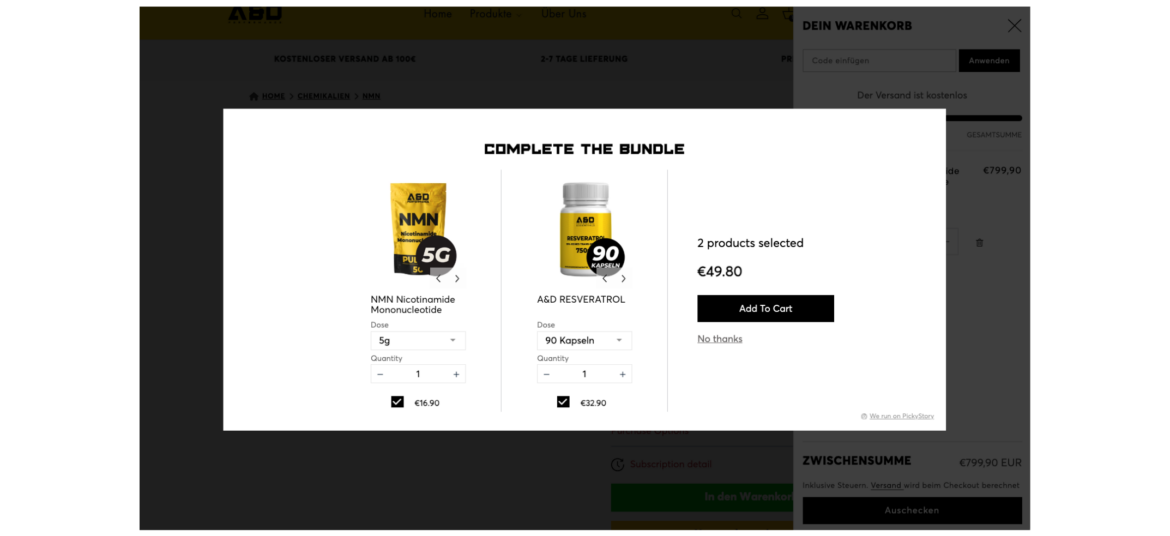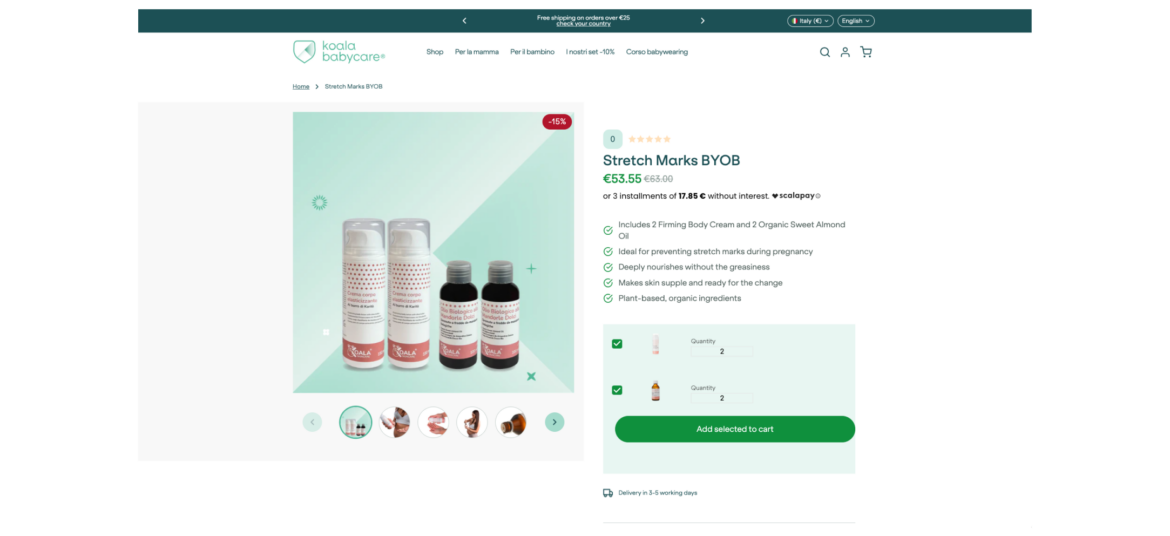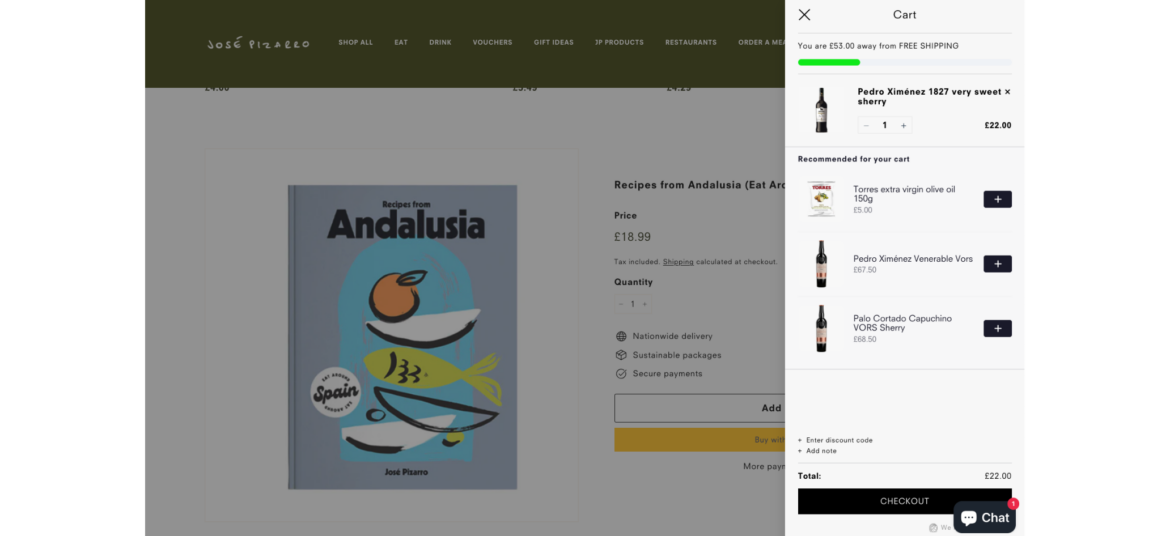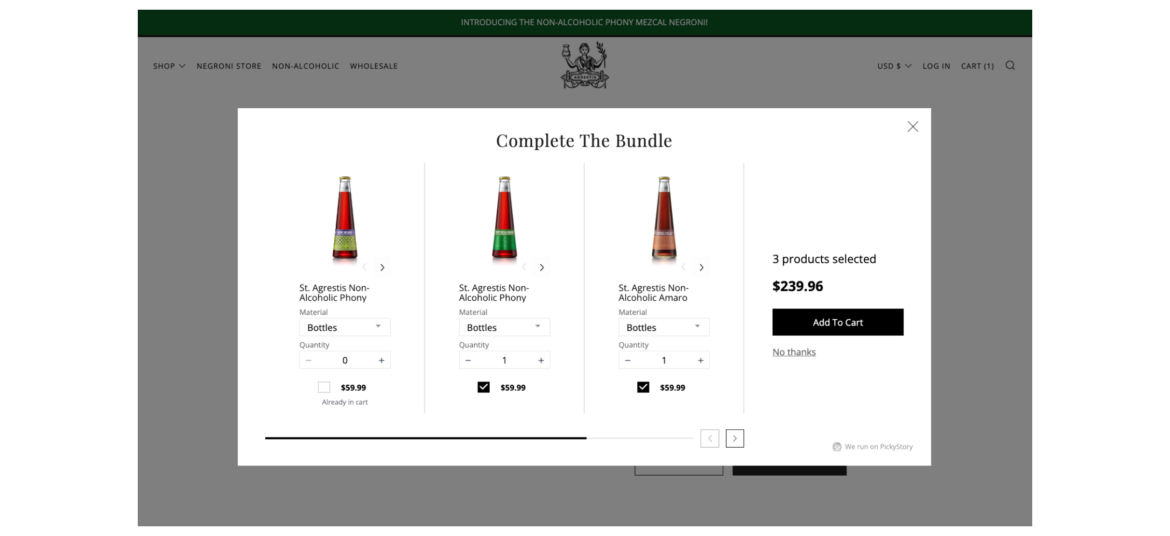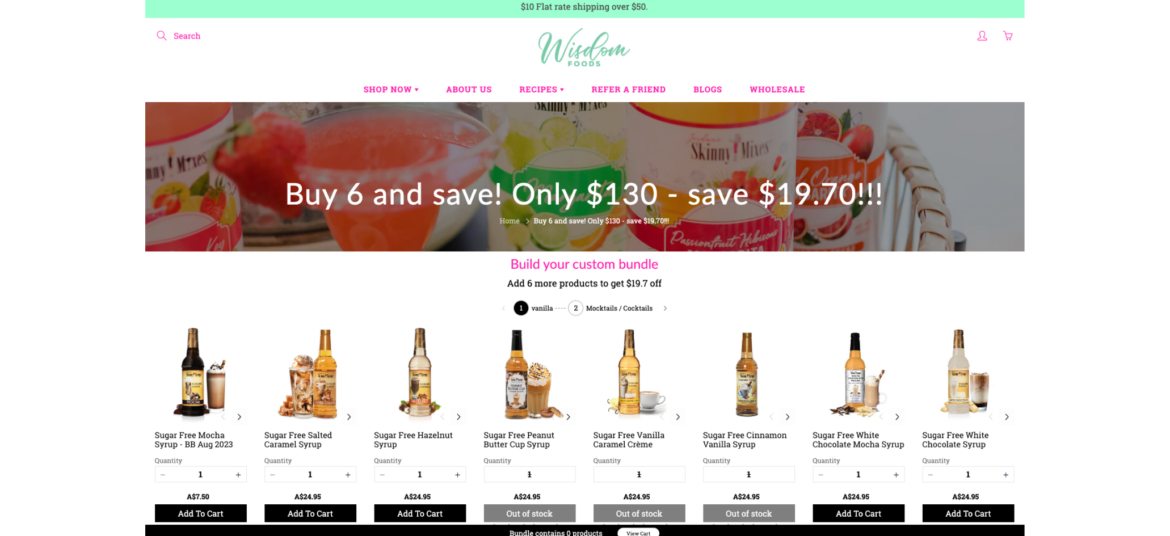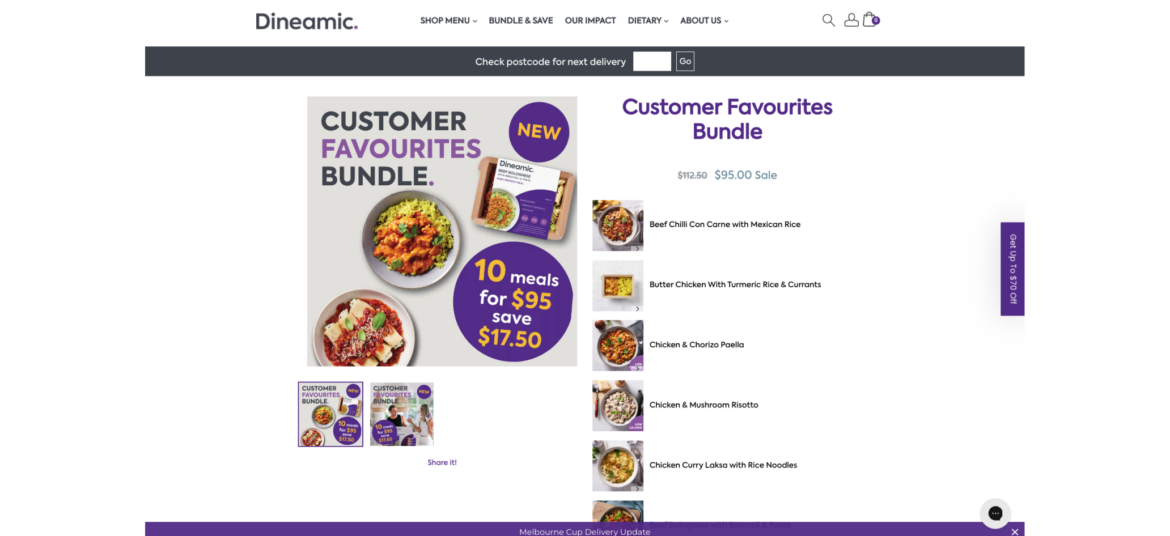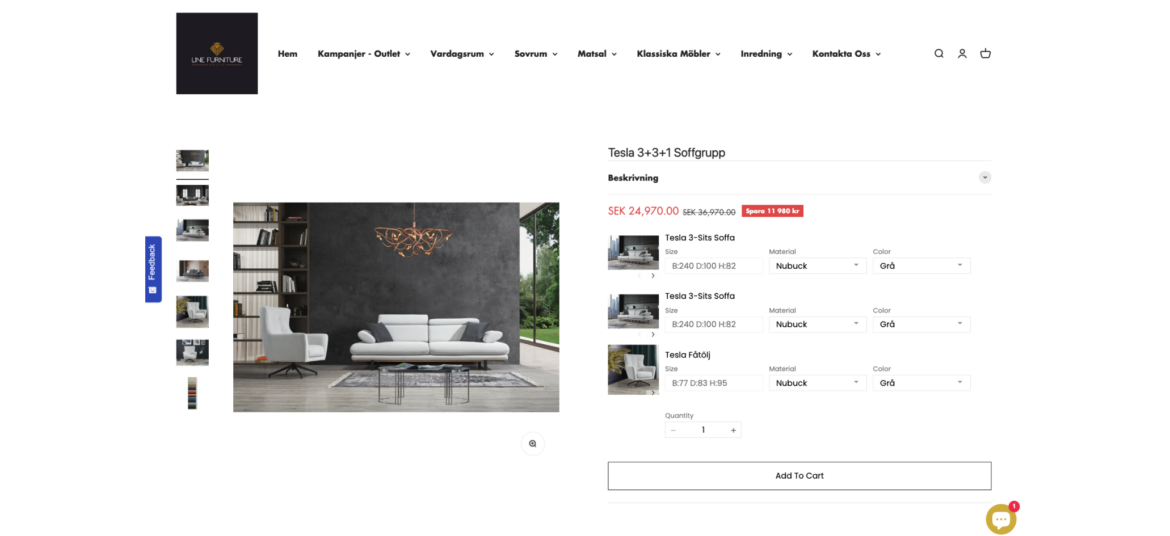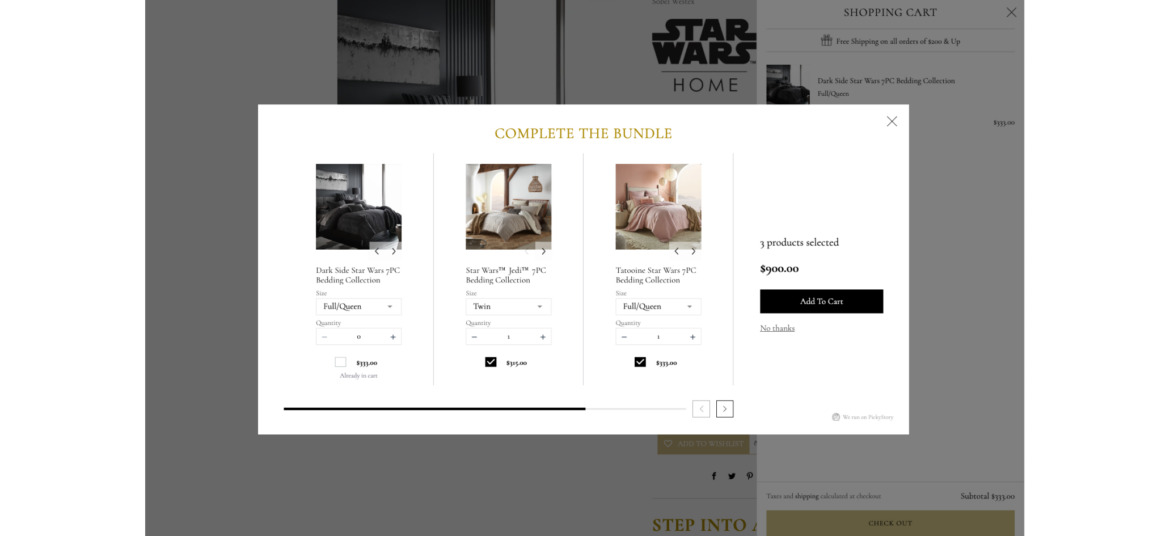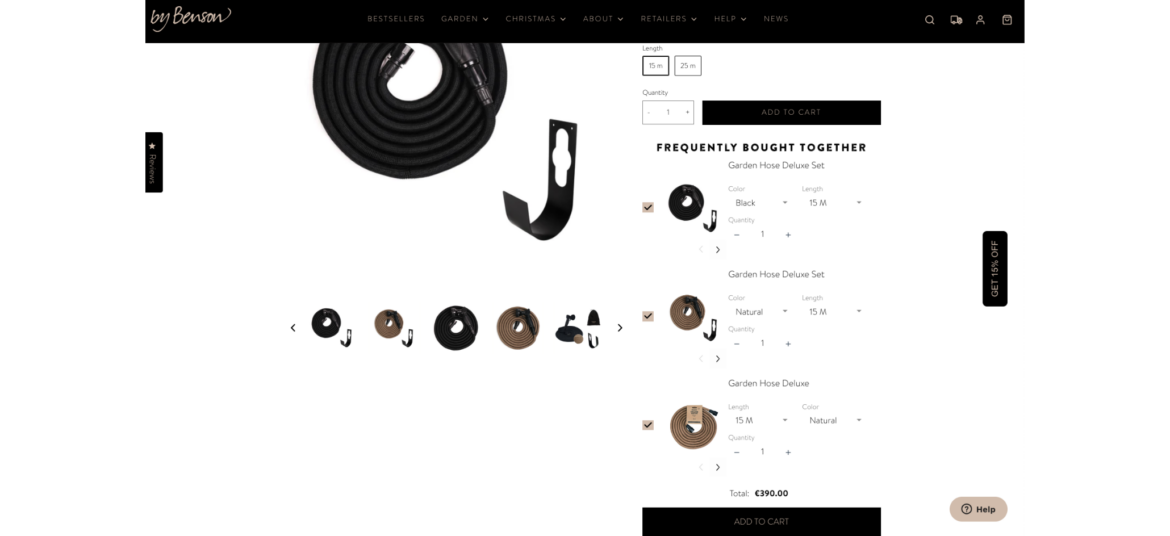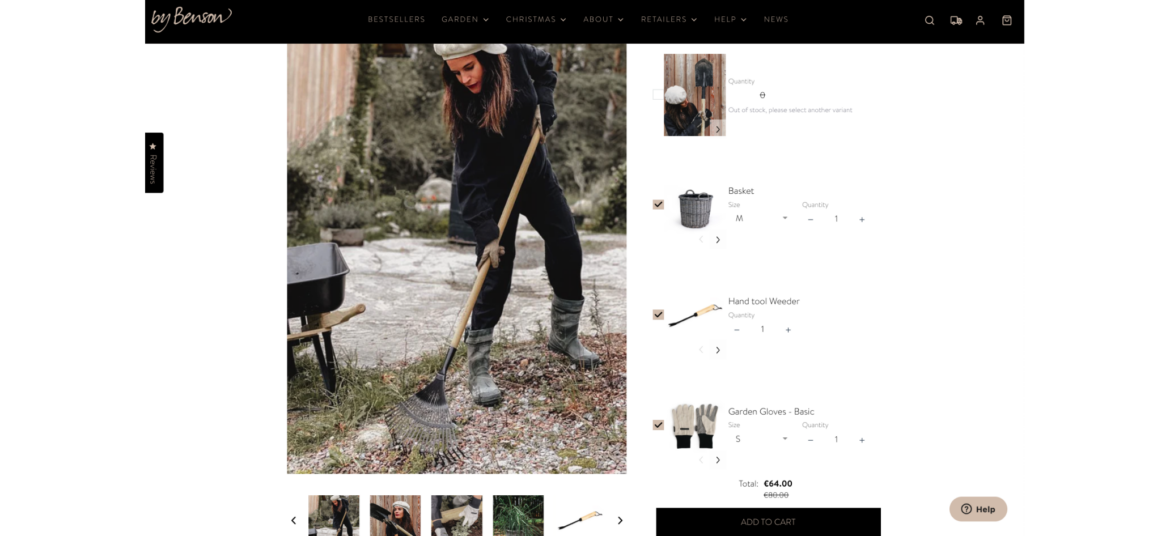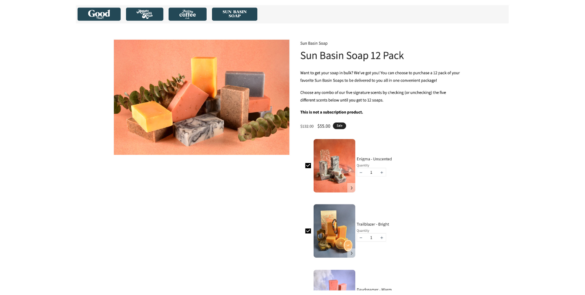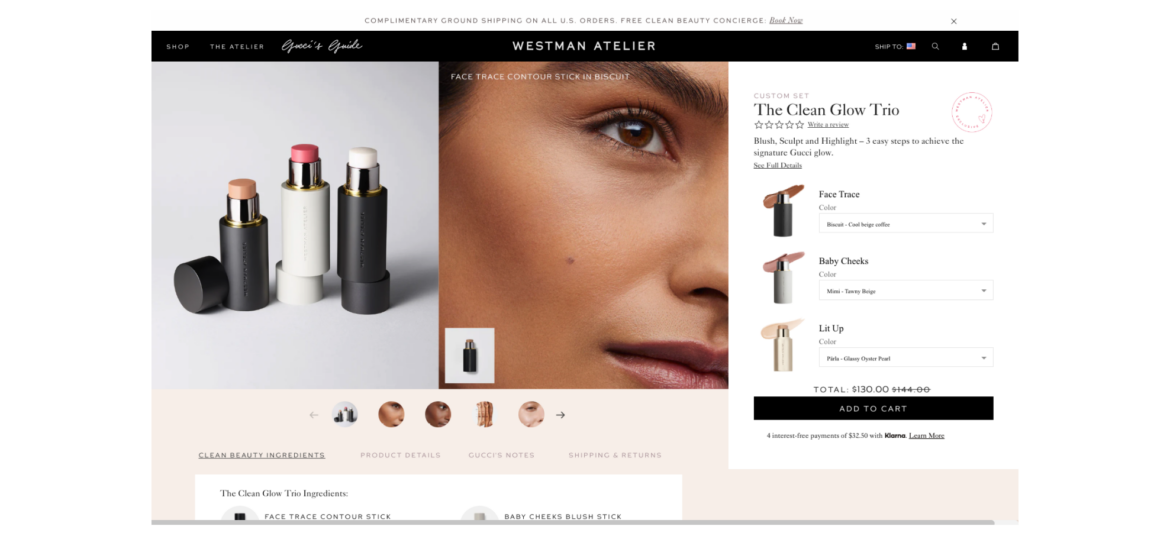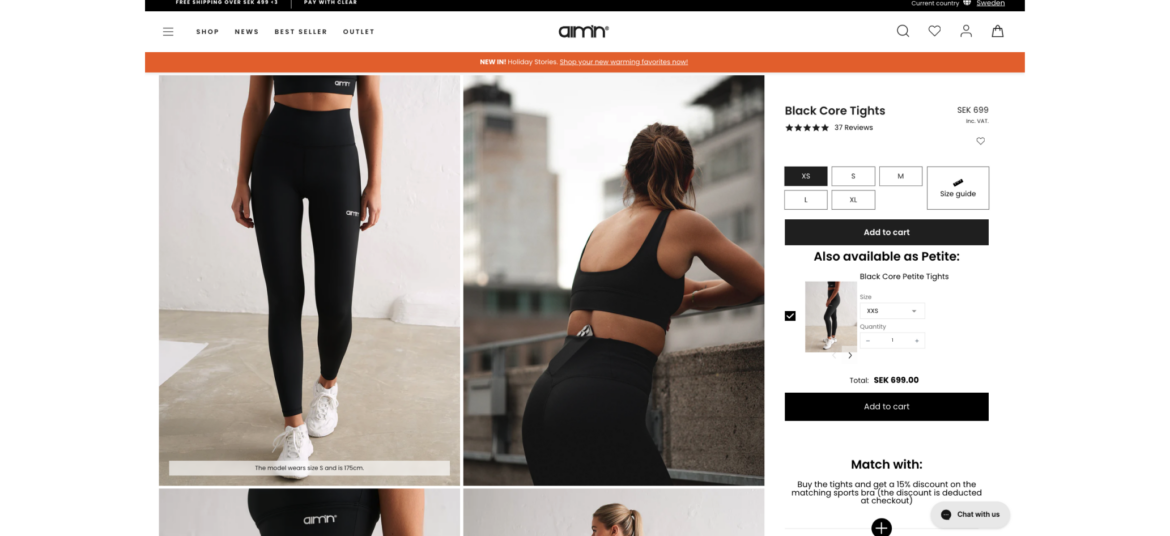Post-purchase surveys serve as a valuable information source for objective decision-making, leading to increased sales and improved customer retention. By effectively designing and implementing post-purchase surveys, e-commerce sites can engage customers and gather critical insights that shape their strategies.
These surveys provide direct feedback from customers, allowing e-commerce sites to assess their satisfaction levels, identify areas for improvement, and understand their preferences. Armed with this knowledge, online stores can make informed decisions to enhance their products, services, and overall customer experience.
By analyzing survey responses, e-commerce sites can identify trends, patterns, and customer pain points. This enables them to prioritize and address issues promptly, leading to higher customer satisfaction, increased loyalty, and improved retention rates. Satisfied customers are likelier to repeat purchases, recommend the brand to others, and become brand advocates.
Moreover, post-purchase surveys help e-commerce sites understand the effectiveness of their marketing and sales efforts. They provide valuable data on customer motivations, buying habits, and the factors influencing their decision-making. This information enables online stores to tailor their marketing strategies, personalize their offerings, and create targeted campaigns to drive sales growth.
When knowing the most effective way to create post-purchase surveys, e-commerce sites can maximize their potential as a powerful tool for customer engagement and decision-making. Designing surveys with clear objectives, concise and relevant questions, and a user-friendly format is important. Implementing incentives and timely follow-up communication further enhances customer engagement and response rates.
In this article, we’re going to look at how to set up post-purchase surveys in ten easy steps. We’re also going to look at killer examples while focusing on the top tips to follow and mistakes to avoid.
So, stay tuned!


